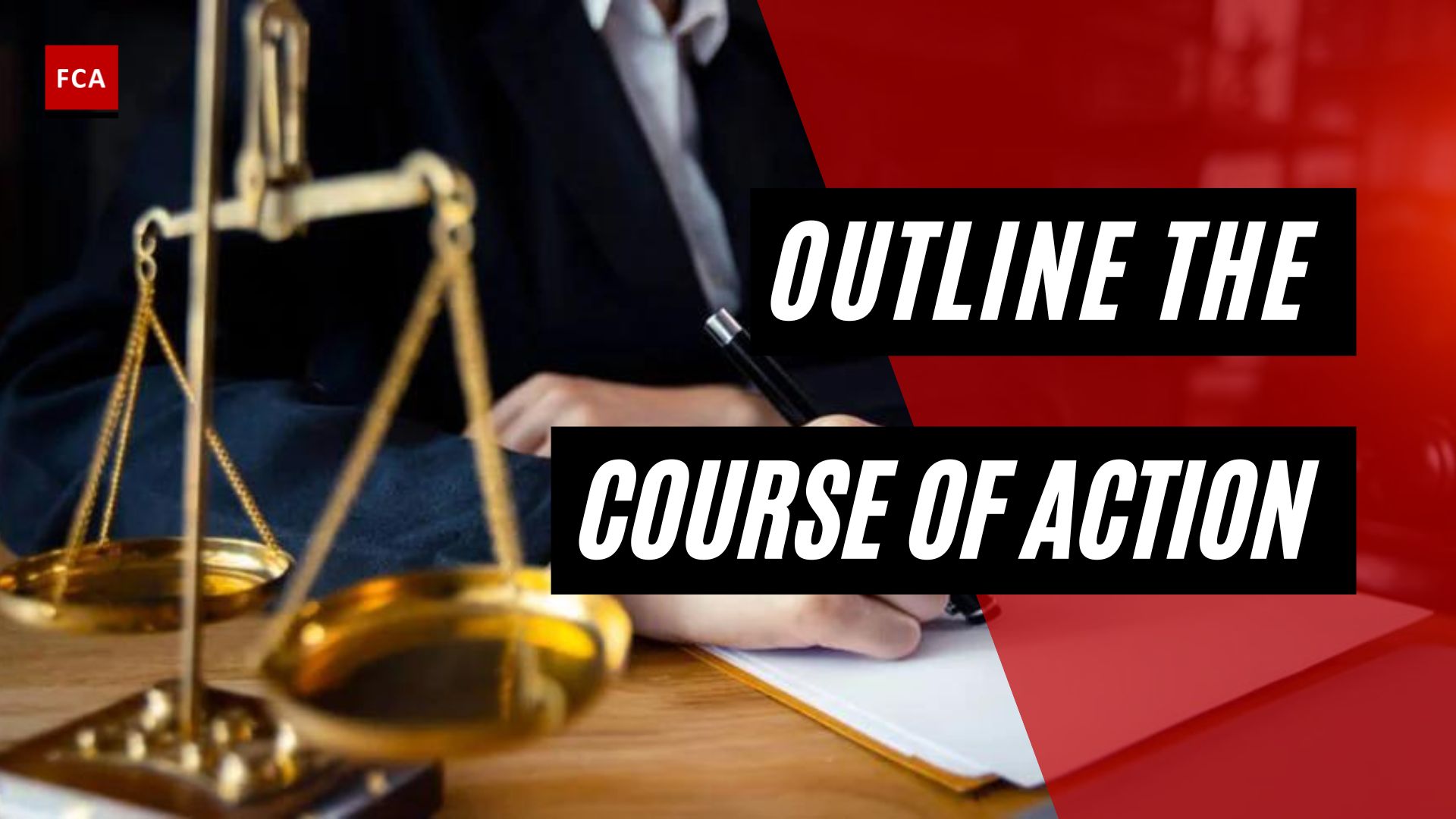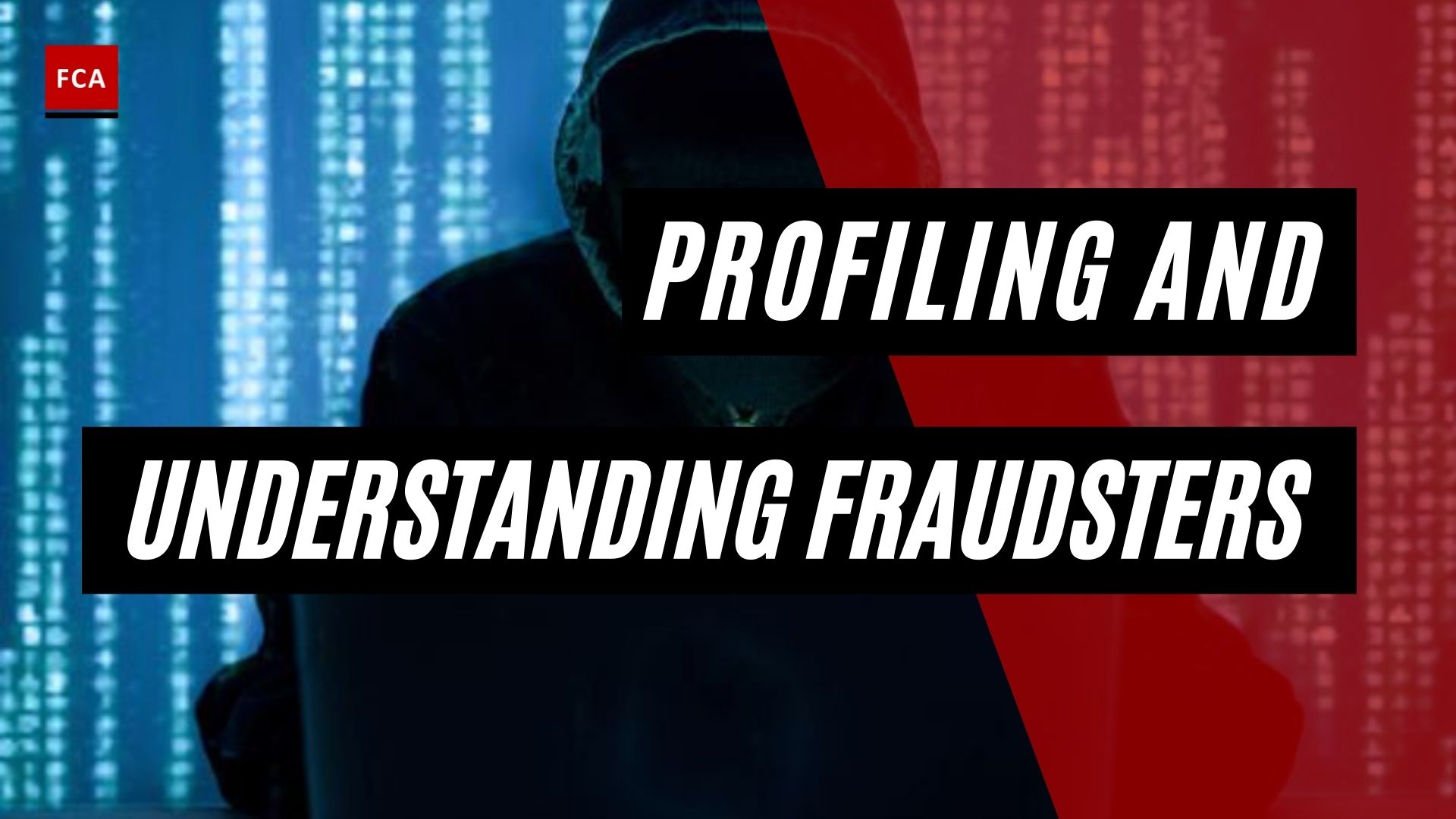Expert witness case study. The case involved a dispute concerning cattle slaughter, which occurred in the early 1990s on Victorian land. The dispute considered whether the RSPCA acted negligently in mistakenly putting down certain cattle owned by the plaintiff.
Expert Witness Case Study
The plaintiff contended that, due to the slaughter of the cattle, they were left with insufficient breeding cattle and were forced to sell calves to satisfy their financial obligations. Various expert witnesses were utilized to quantify the loss suffered by the plaintiffs. The court took issue with the use of these expert witnesses for some reasons, including the nature of their expertise, errors in their reports, and their perceived levels of independence. We will now delve into selected issues that arose in the case.

What Is A Expert Witness?
An expert witness is a person whose opinion is accepted as an expert by the judge as a result of education, training, certification, skills, or experience, particularly in common law countries such as the United Kingdom, Australia, and the United States. The judge may consider the witness’s specialized (scientific, technical, or other) opinion about evidence or facts before the court within the expert’s area of expertise to be a “expert opinion.” Expert witnesses may also deliver “expert evidence” within their area of expertise. Their testimony may be rebutted by testimony from other experts or by other evidence or facts.
What Is A Case Study?
A case study is a type of research methodology that is commonly used in the social and life sciences. There is no single definition of case study research.1 However, very simply, a case study can be defined as an intensive study about a person, a group of people, or a unit, which is aimed to generalize over several units.’ A case study has also been described as an intensive, systematic investigation of a single individual, group, community, or some other unit in which the researcher examines in-depth data relating to several variables.
Researchers describe how case studies investigate complex phenomena in their natural setting in order to gain a better understanding of them. Indeed, Sandelowski5 suggests that using case studies in research means that the holistic nature of nursing care can be addressed.
Furthermore, when describing the steps taken while using a case study approach, the researcher is able to narrow down a complex and broad topic, or phenomenon, into a manageable research questions . The researcher gains a more in-depth understanding of the phenomenon by collecting qualitative and quantitative datasets about it than would be obtained by collecting only one type of data. This is demonstrated by the examples at the end of this paper.
Benefits And Limitations Of Case Studies
A single-case study is warranted if a researcher wants to study a specific phenomenon arising from a specific entity and will allow for an in-depth understanding of the single phenomenon and, as discussed above, would involve collecting several different types of data.
Using a multiple-case research study allows for a more in-depth understanding of the cases as a whole, by comparing similarities and differences between the individual cases embedded within the quintain. Evidence from multiple-case studies is frequently stronger and more reliable than evidence from single-case studies. Multiple-case studies enable more in-depth investigation of research questions and theory development.
Evidence Of Mr. Joe Dicks
The court drew attention to one particular expert, Mr. Joe Dicks, a financial expert witness for the defense. The court noted that significant input into the report was provided by a colleague of Mr. Dicks, Mr. Leigh, who had experience concerning large beef cattle businesses and regional and rural markets. Dicks did not claim such expertise in his CV. Mr. Leigh cosigned an initial report but did not cosign supplementary reports, which were subsequently produced. The court drew attention to the following issues with this style of report production:
Individuals Involved In The Preparation Of The Report
- Even though Mr. Leigh had significant involvement in the preparation of the report, he did not provide evidence;
- Where other expert witness reports utilized in the trial had been co-authored, both authors were available to give evidence and be cross-examined; and
- The report did not clarify which person carried out which work concerning the report and whether any of this work was delegated to junior members of staff.
Also noted in the trial were other issues with the evidence provided by Mr. Dicks, namely that:
- Mr. Dicks conceded that he was not an expert concerning stud cattle and instead approached the issue based on commercial cattle;
- His staff was responsible for developing the financial models which were used to estimate loss;
- Opinions provided in the expert witness report were based on data which was insufficient to draw such conclusions;
- Mr. Dick did not have sufficient information on key issues such as the quality, condition, and age of the herd, the propensity of the cattle to breed within their first year, and the impact that the drought had had on the cattle.
Errors In The Report
Bowman J noted that the errors in the report prepared by Mr. Dicks posed another issue which “shook his confidence” in the expert evidence provided. These errors included:
- Mathematical errors resulted in his loss estimate changing from $194,40 to $216,207 between the first report and a supplementary report;
- Providing a loss calculation in the first and supplementary report which failed to take into consideration 96 additional calves. This resulted in a second supplementary report where the loss estimate increased to $397,240; and
- Arithmetical errors further increased the estimated loss to $436,966 and required the production of a third supplementary report.
Bowman J held that “the conceding of errors of this magnitude, and the major error not being appreciated until cross-examination, does not create a particularly favorable impression”. He held that the added complexity which occurred as a result of his errors was such that the entire body of evidence should be rejected.
Final Thoughts
The above analysis concerning the expert testimony of Mr. Joe Dicks highlights key lessons for legal counsel dealing with expert witnesses. Firstly, if the expert intends to co-author the report with another expert, that second person should be available to testify at trial. Secondly, legal counsel should ensure that the expert has the required expertise and the expertise does not belong to someone else within the expert’s firm, thus requiring delegation of expert witness report production. Furthermore, legal counsel should emphasize to their expert witness the importance of precision and accuracy when preparing reports, as errors and the need for supplementary reports to rectify these are not well received by the court.








